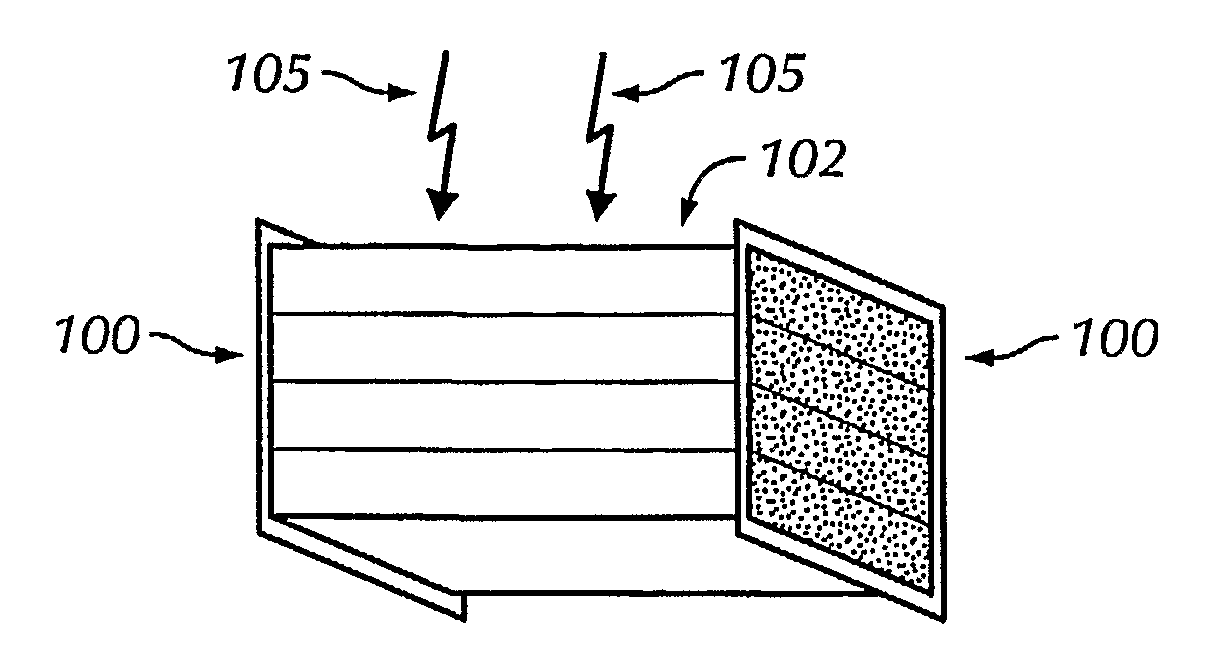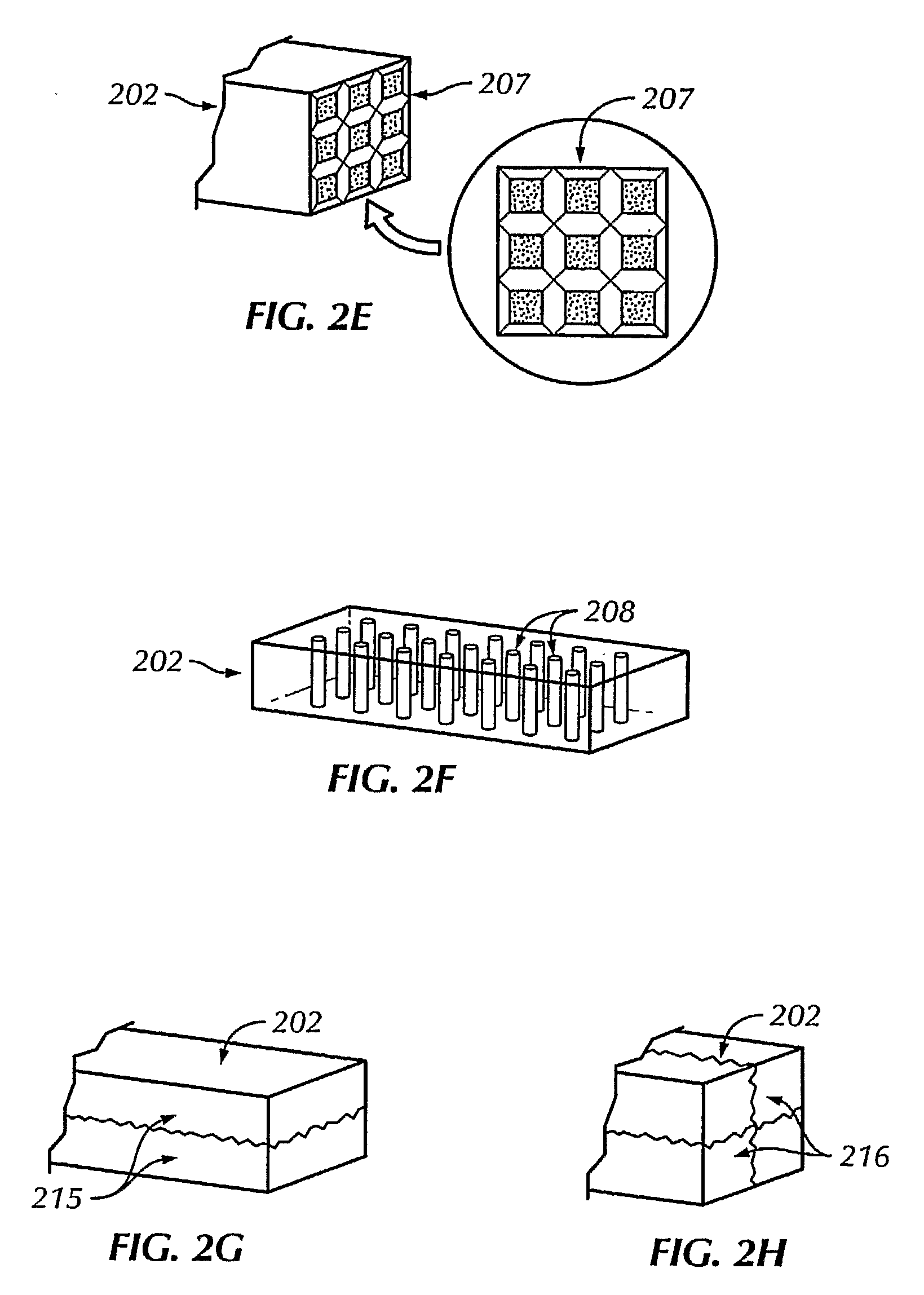Edge-on SAR scintillator devices and systems for enhanced spect, pet, and compton gamma cameras
a scintillator and sar technology, applied in the field of enhanced spect, pet, compton gamma cameras, can solve the problems of non-directional emission of photons from the radionuclide source distribution, affecting the resolution of the sar, and the distribution of radiation sources itself is typically not well-defined, so as to reduce the noise of the photodetector and minimize the dead space. , the effect of improving the resolution
- Summary
- Abstract
- Description
- Claims
- Application Information
AI Technical Summary
Benefits of technology
Problems solved by technology
Method used
Image
Examples
Embodiment Construction
[0091]The invention provides designs for edge-on scintillator rod and block detectors with SAR capability, as well as readout devices, which are incorporated into discrete detector modules that can be used for radiation imaging directly, for small hand-held imaging devices, and / or as part of a detector module array. Edge-on SAR scintillator rod and block detectors typically implement one-side or two-side readout designs. Planar and ring detector geometries are widely used in nuclear medicine. Arrays of edge-on SAR detector modules can be assembled to form planar and ring detectors. The general properties of an edge-on detector module (comprised of edge-on scintillator and semiconductor detectors, readout and processing electronics, power management, communications, temperature control, and radiation shielding) as well as several edge-on detector module array configurations are described in Nelson, U.S. Pat. No. 6,583,420 and Nelson, U.S. Pat. Appl. publication No. 20040251419, and N...
PUM
 Login to View More
Login to View More Abstract
Description
Claims
Application Information
 Login to View More
Login to View More - R&D
- Intellectual Property
- Life Sciences
- Materials
- Tech Scout
- Unparalleled Data Quality
- Higher Quality Content
- 60% Fewer Hallucinations
Browse by: Latest US Patents, China's latest patents, Technical Efficacy Thesaurus, Application Domain, Technology Topic, Popular Technical Reports.
© 2025 PatSnap. All rights reserved.Legal|Privacy policy|Modern Slavery Act Transparency Statement|Sitemap|About US| Contact US: help@patsnap.com



